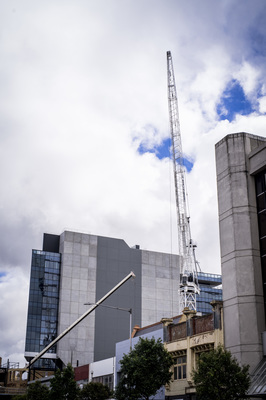Geelong has emerged as the fastest-growing city in regional Australia, according to new population data.
Government departments and businesses moving to Geelong were driving the growth, said City Hall acting investment director Tim Ellis.
“The tremendous growth in employment in central Geelong is reflective of the fact that government and businesses alike are choosing our city for their headquarters,“ Mr Ellis said on Monday.
“The large increase in the number of buildings demonstrates the commitment of government and industry to investment in infrastructure in our city.”
Council this week released findings from a recent study that analysed land use, industry and employment data from more than 3500 establishments.
The study also included population data from Australian Bureau of Statistics.
The project provided a snapshot of businesses and properties in central Geelong from July to November.
“By working together to provide data we have gained a valuable snapshot that we can all use for effective planning,” Mr Ellis said.
Employment in Central Geelong was up 44 per cent from 2011 census data, taking the total of jobs to 30,476.
The health and social assistance industry in Geelong almost doubled since 2011, up from 5987 jobs to 11,782 in 2017, according to the study.
There were 3599 jobs in public administration and 3341 in education and training in 2017.
The total number of buildings rose from 1034 to 1114 and the total number of establishments from 3281 to 3550.
The number of cafes, bistros and restaurants also rose to a total of 238 in 2017.
Council released the data after recently announcing plans to expand Geelong’s population by 110,000 to the city’s north and west.
The Indy reported last week that the additional residents would be housed in two growth areas, each around the size of southern Geelong’s Armstrong Creek zone.
The new areas would be centred around Lovely Banks and Batesford, with 48,000 and 62,000 residents respectively.







